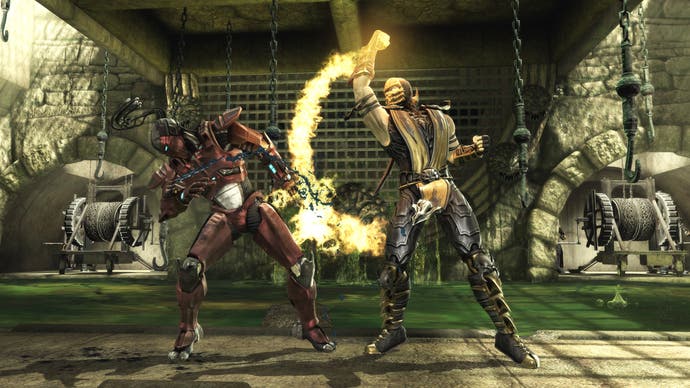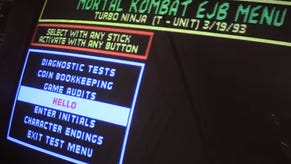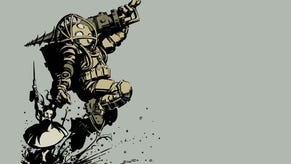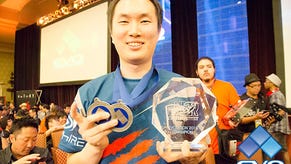Mortal Kombat
Shao we Kahn.
Last month marked the 20th anniversary of the most important fighting game ever made, and although I dare not speak its name in this opening paragraph, it shows how far the genre has progressed in two decades. It also highlights those series which started out as fresh ideas, and then thanks to a steady supply of subtle tweaks and major leaps, evolved into the current cream of the combative crop.
Virtua Fighter pioneered the polygon punch-up and now has a daunting degree of depth. Tekken introduced limb-based controls and today is rich with command lists and extreme juggling. And although Soul Blade was once described as Tekken with weapons, it paved the way for SoulCalibur and the 8-Way Run system. But in comparison to these mechanical innovators, Mortal Kombat has been riddled with creative decay for the last 15 years.
This Mortal Kombat is a revamp that returns to the series' roots while taking notes from the competition. We're back to a 2D fighting plane with a five-button layout that delivers punches and kicks in ambidextrous variations. The combo system retains the uppercuts and sweeps that old-school fans will instantly recognise and each character has a selection of one-hit strikes and multi-hit assaults that can be combined with their special attacks.
This means Scorpion can start with a two-punch combination, cancel into his "get over here!" special (still back, back, punch) and then propel his victim into the air with a launcher before finishing with a well-timed dash uppercut. That's a five-hit combo that uses a more freeform combat system, and while past Mortal Kombats had an illusion of freedom – but were ultimately scripted – this Mortal Kombat encourages players to find the limits for themselves. It's much the better for it.

Further tech has been introduced with a three-tiered super gauge. One bar nets you an Enhanced special that works like the EX system from Street Fighter III, while two lets you break free of a combo. (Although, due to copyright issues, you have to shout "k-k-k-kombo breaker!" yourself.)
Save up for the full three bars and you'll gain access to the X-ray. These are Mortal Kombat's own-brand supers, except rather than a massive fireball or elongated combo, the effects are typically more brutal. Baraka impales his opponent on one claw before puncturing the neck and eye socket, Kano splinters both femurs with twin daggers before booting his opponent in the face and Johnny lands multiple shots to the crotch before breaking his opponent's back with a devastating elbow drop.
The X-ray lives up to its name, as you see skulls shatter, tendons tear and ribs rupture as the damage piles on, and by the end of a closely fought match, both fighters will look like they've spent ten minutes in a cement mixer made of knives. Then, when you get down to the Fatalities themselves, you're treated to a range of invasive surgery that includes decapitations, amputations and eviscerations.

Next to a series showreel, these executions are no more creative than what we've seen before. But when you compare the returning Dead Pool Stage Fatality with the Heroic Brutalities of Mortal Kombat vs. DC Universe, it's clear that an opponent drowning in acid is more goresome than watching Superman comically hammer Reptile into the ground like some giant nail. Not only has Mortal Kombat left much of its humour at home, but the 18 rating has been reinstated for a reason.
It’s a return to form that’s accentuated by a roster of 30 characters (27 of which are playable) that includes iconic favourites like Sub-Zero and Mileena. The select screen is devoid of new faces, but the familiar cast has never looked better. And while it’s not as stylistically stunning as Capcom’s leap to Street Fighter IV, this Mortal makeover is nonetheless impressive.















